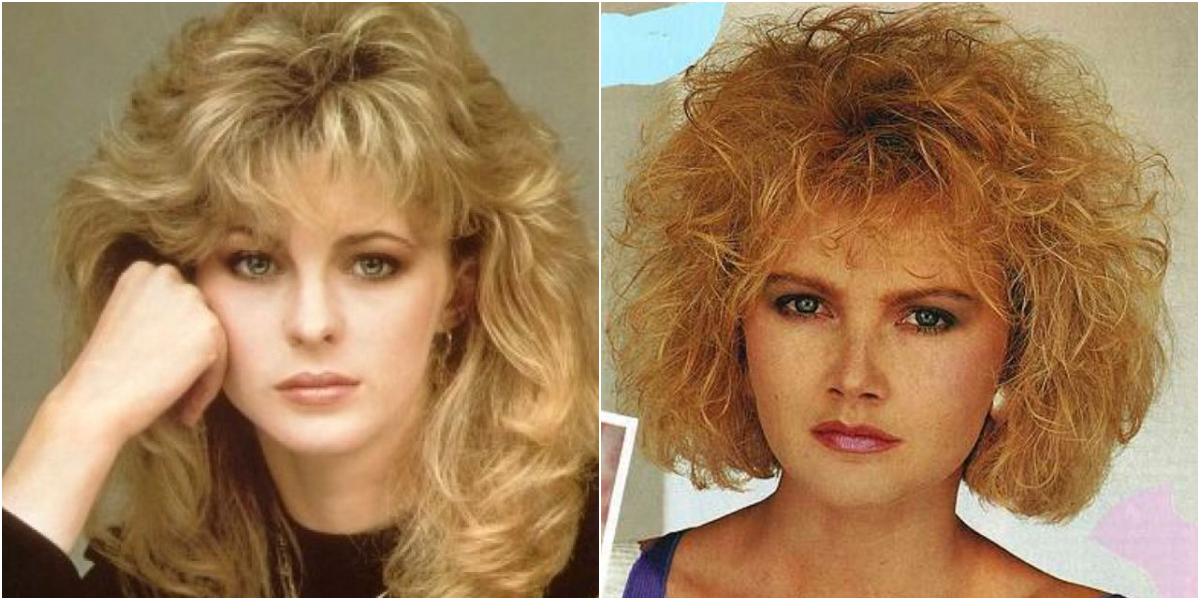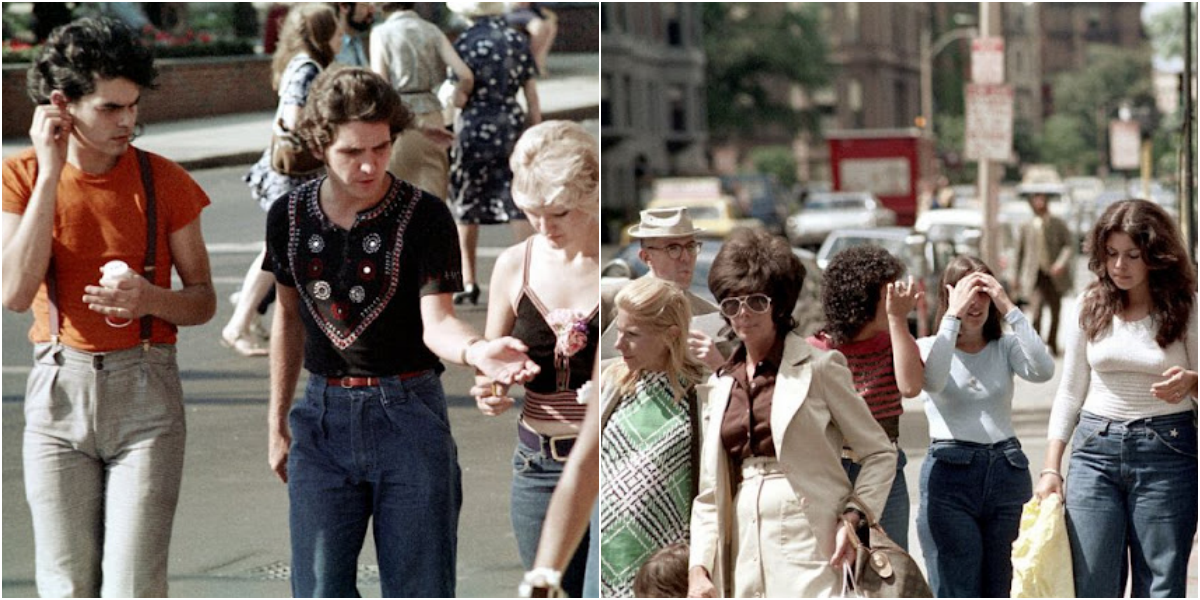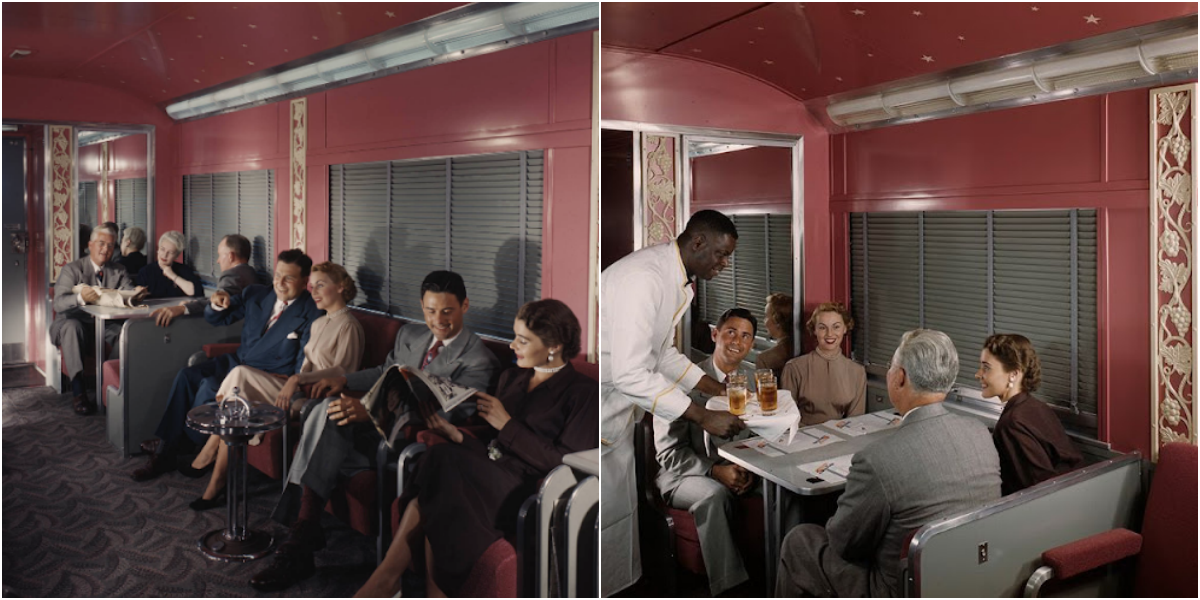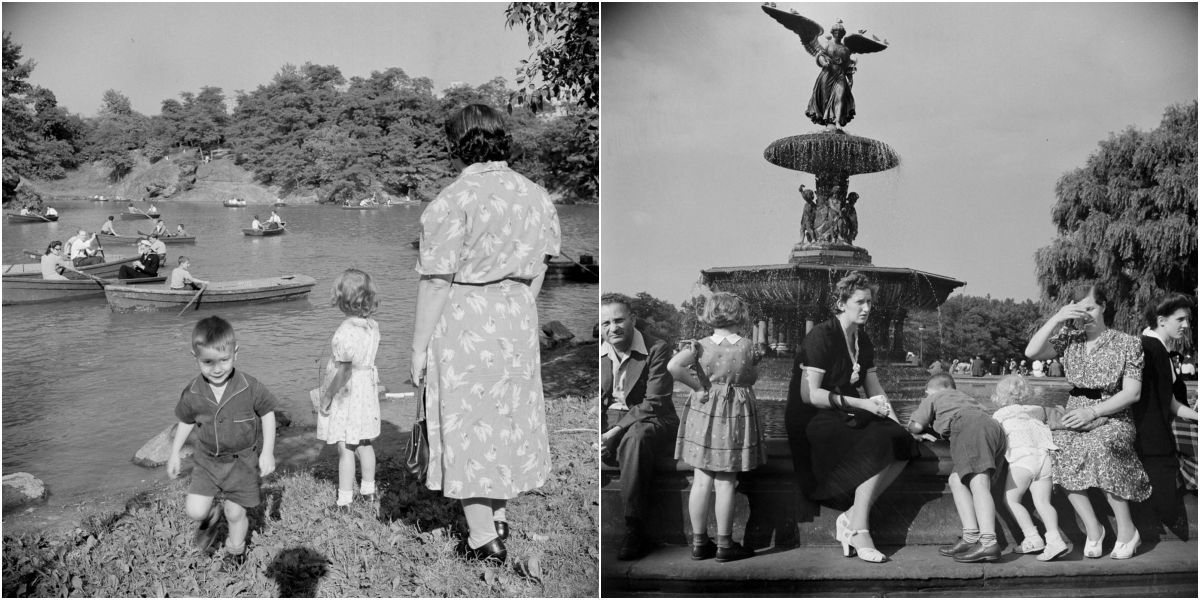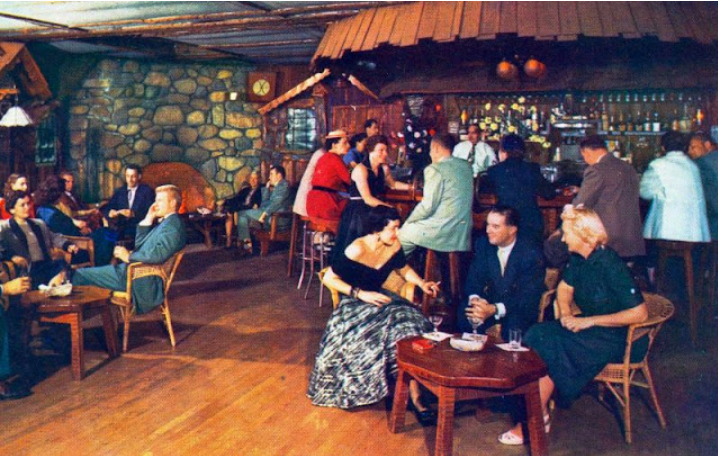
Establishments providing drinks and entertainment have existed in many forms throughout history and across cultures. The beginnings of the nightclub as we know it emerged in the 19th century with saloons and bars of Western industrial nations. By the early 20th century, nightclubs were becoming increasingly popular and began incorporating larger acts such as burlesque dance routines, magic shows, musical performances and other forms of live entertainment.
In the United States, this came to a halt to a certain extent with the era of Prohibition. It was during the Prohibition era that jazz developed as a popular musical form. It had been accepted in mainstream culture by the time Prohibition ended in the 1930s, and the swing/big band era began. This period lasted until the early 1950s, when rock and roll began to take center stage.
In the post-World War II social environment, Americans were increasingly able to partake in more leisurely activities, especially teen youths, who really came into their own as a cultural force in the 1950s. The music was an expansion of the jazz and swing eras, adding more energetic movements and less-subtle sexuality.
The nightclubs of this time began offering music as the primary form of entertainment, focusing on emerging acts in rhythm and blues, blues, and rock and roll. This was the transition between nightclubs as venues for a variety of entertainment to today’s clubs, which cater more exclusively to music, dancing, drinking and mating.
Here below is a set of vintage postcards that shows what the inside of bars and nightclubs in the United States looked like in the mid-20th century.
Thank you for viewing our article. If you like it, please like and share the article. Thank you !!








































